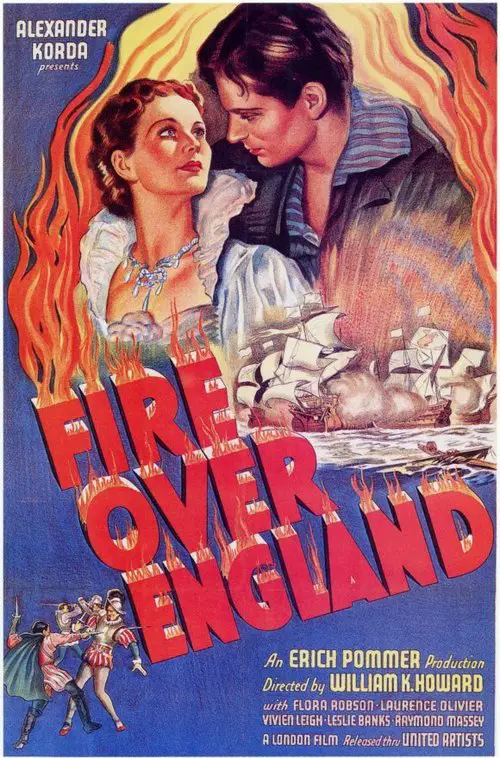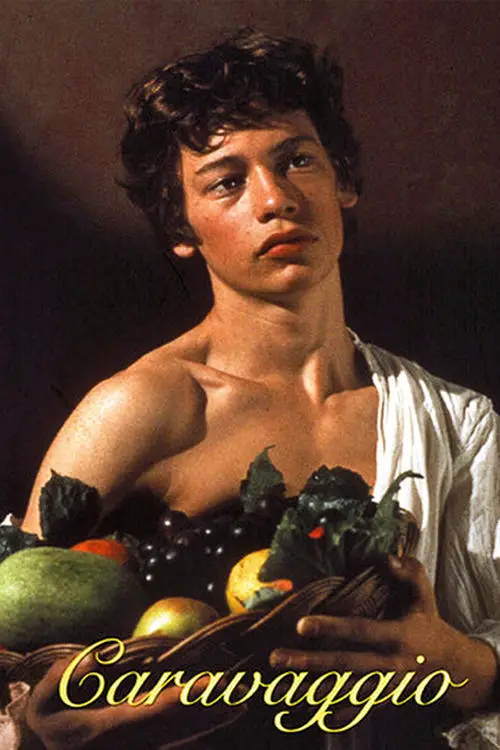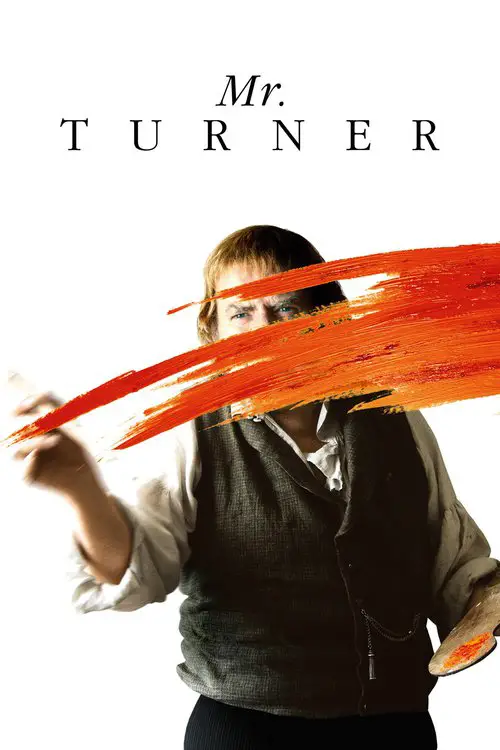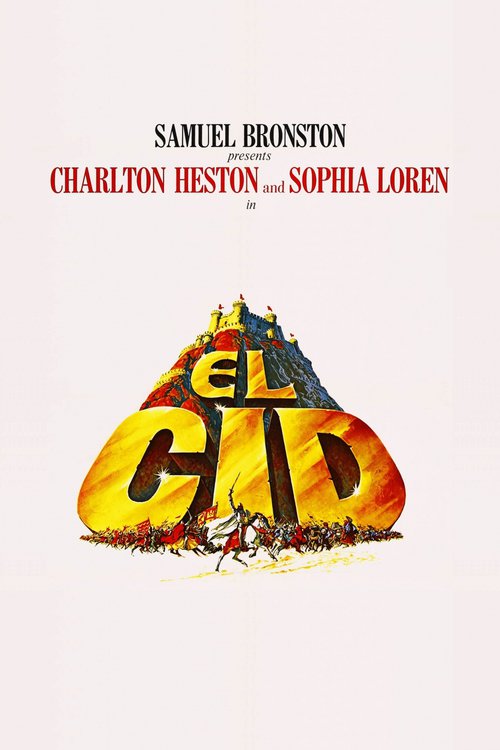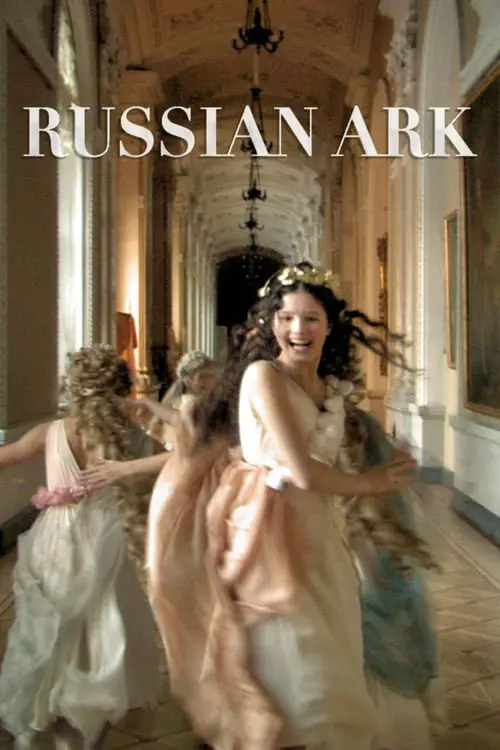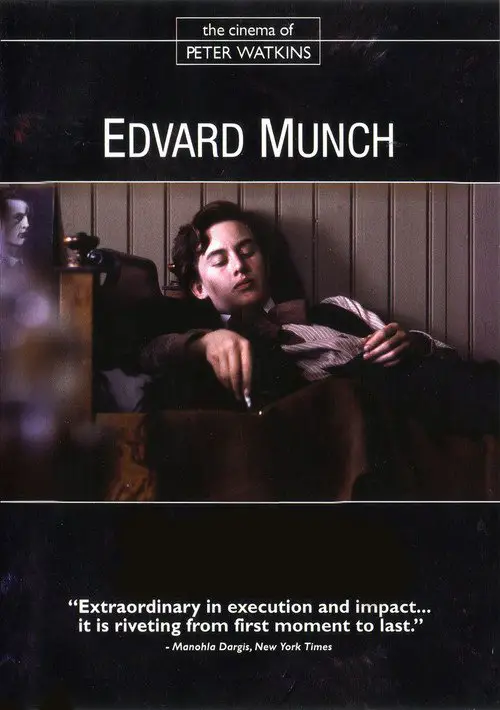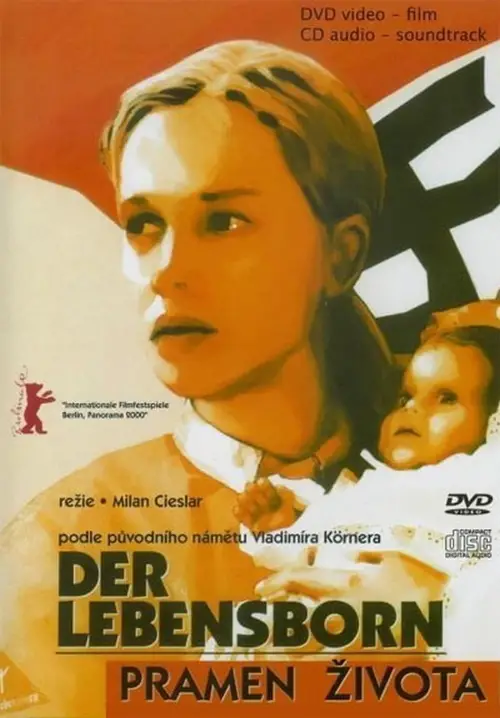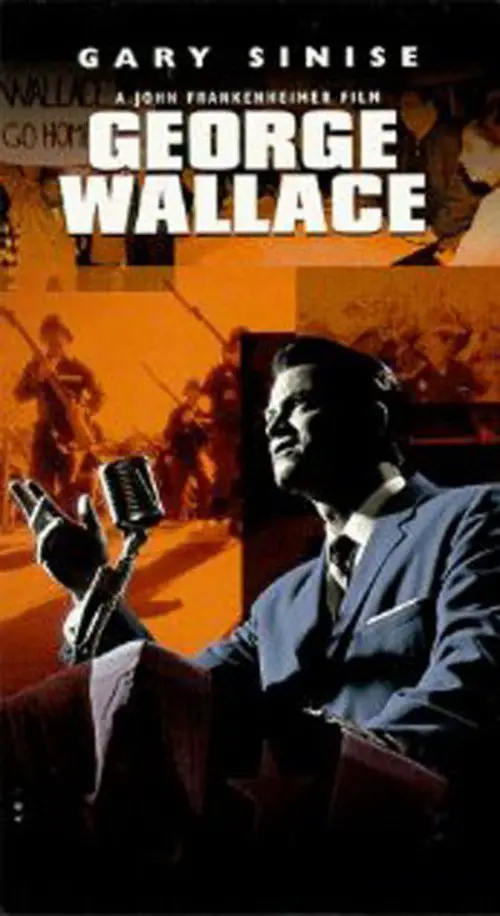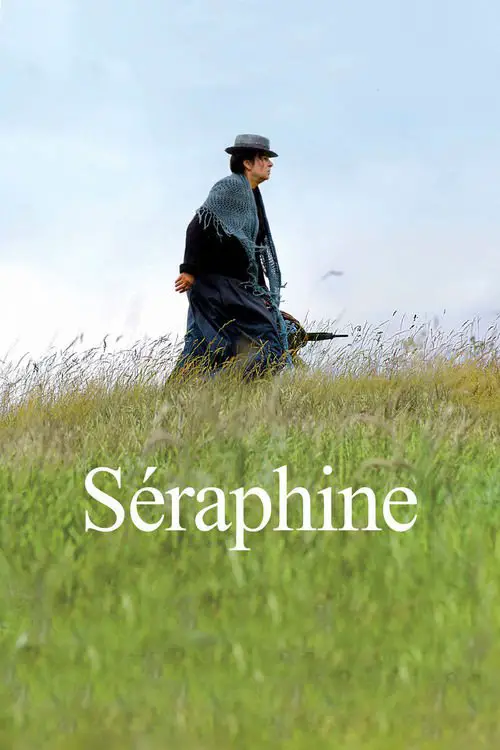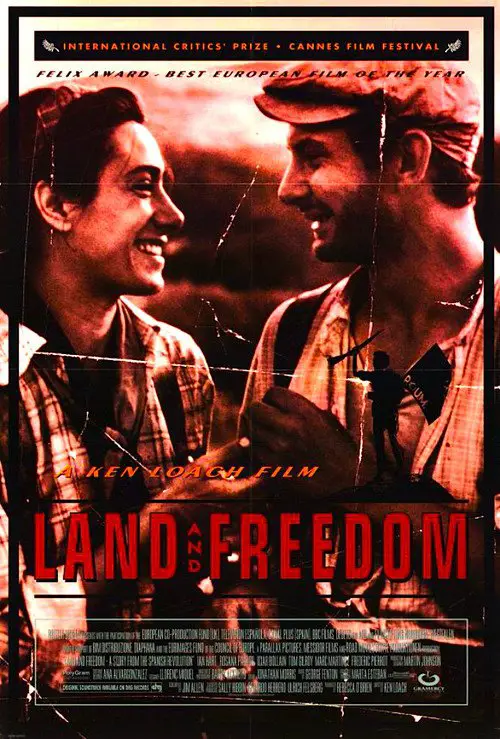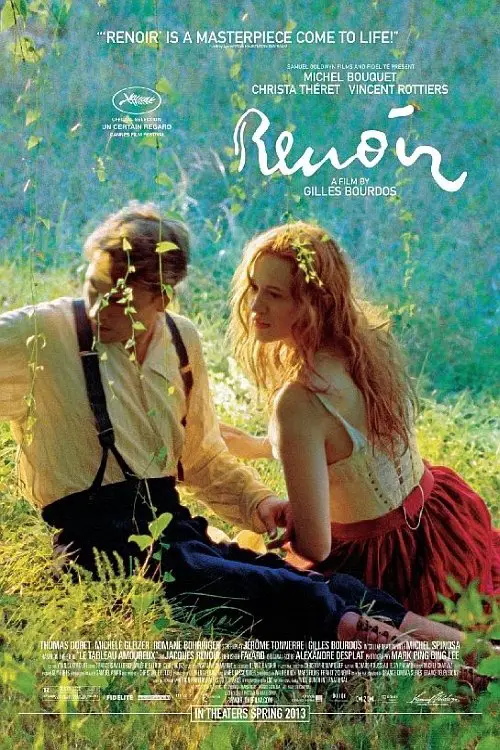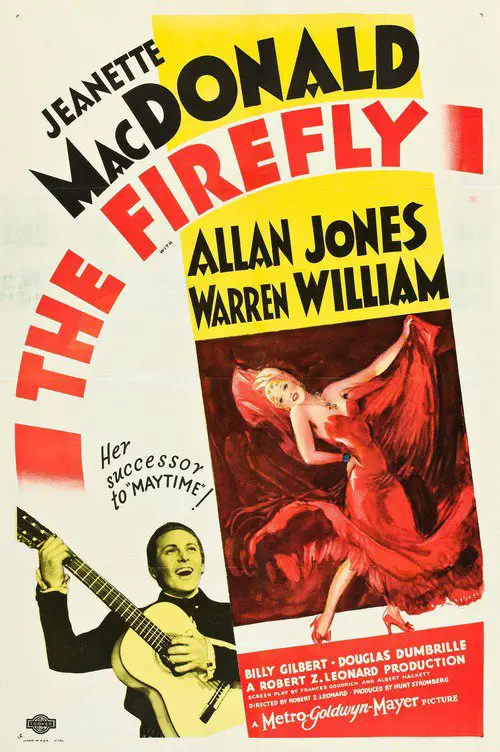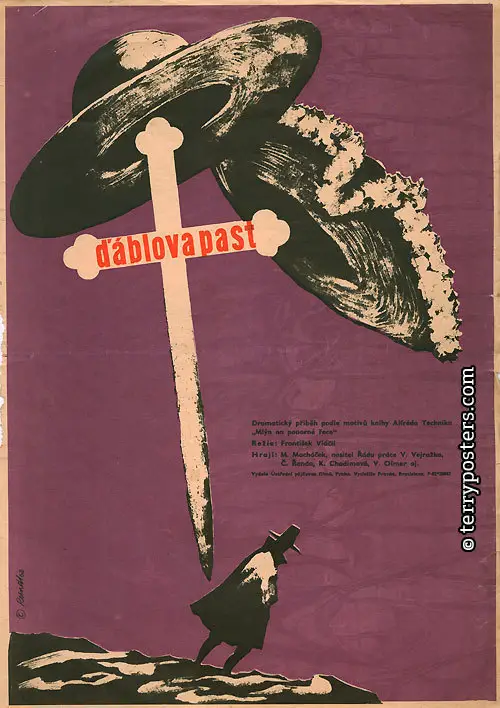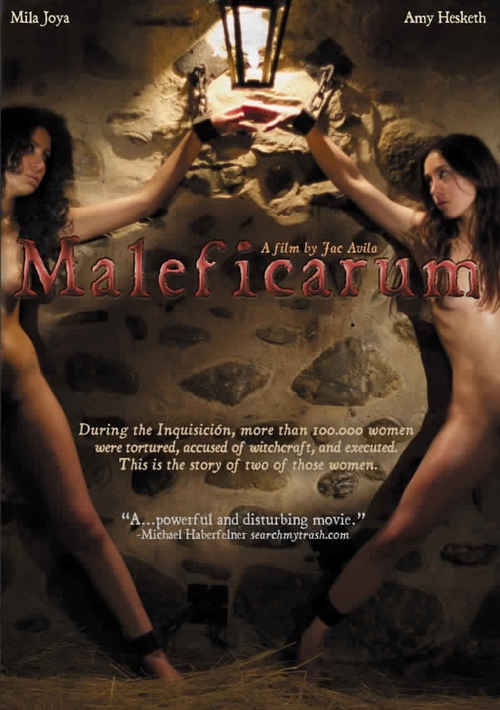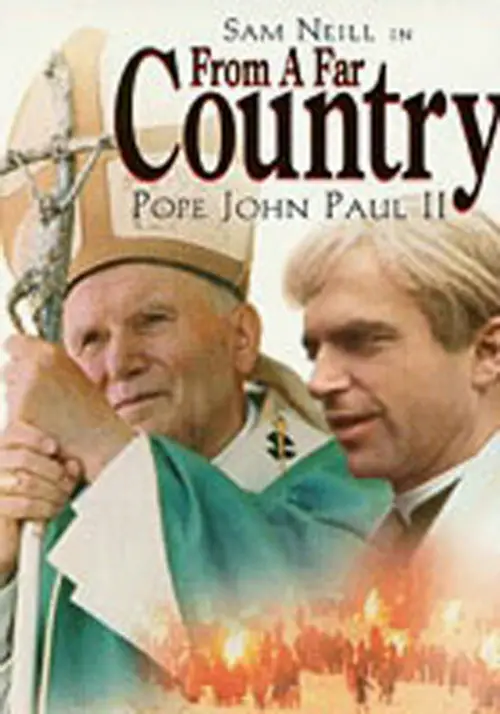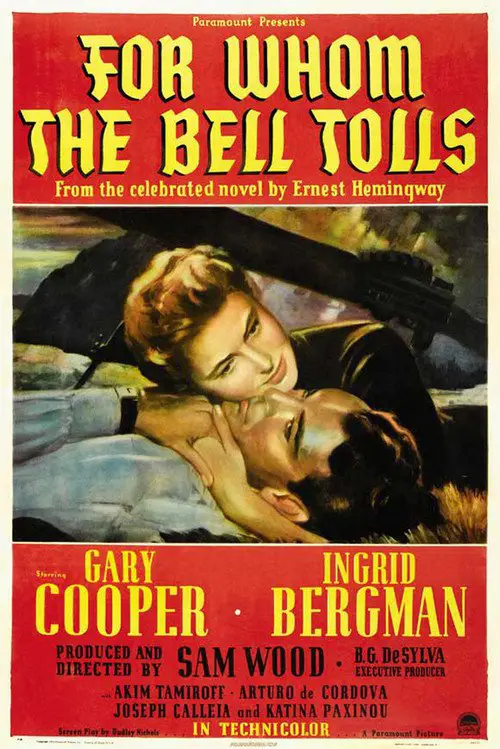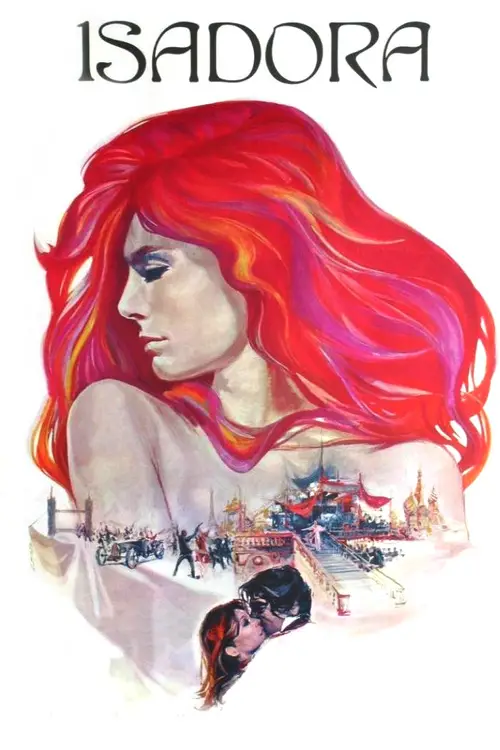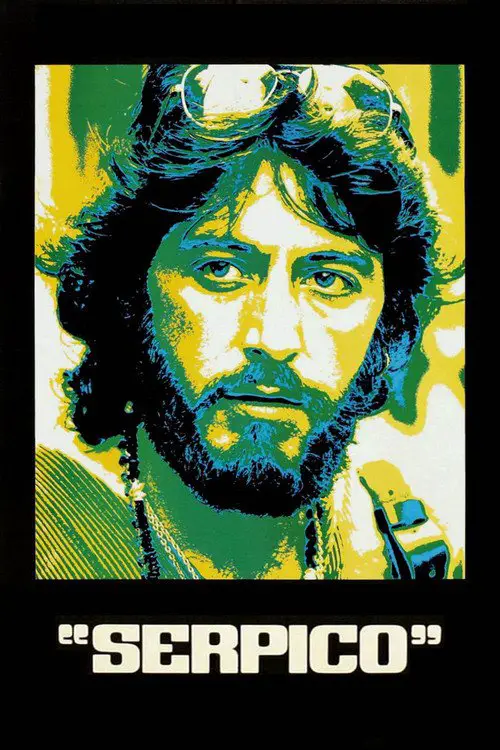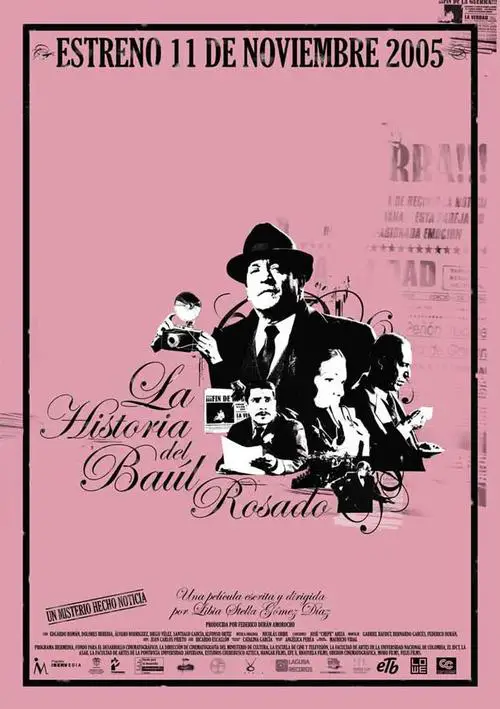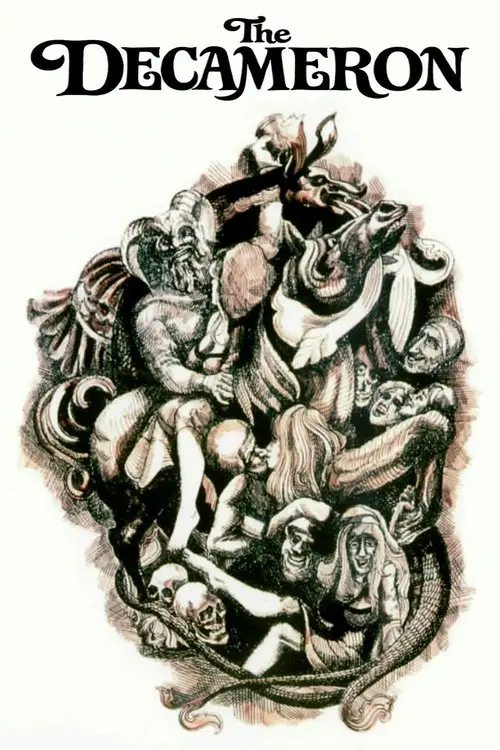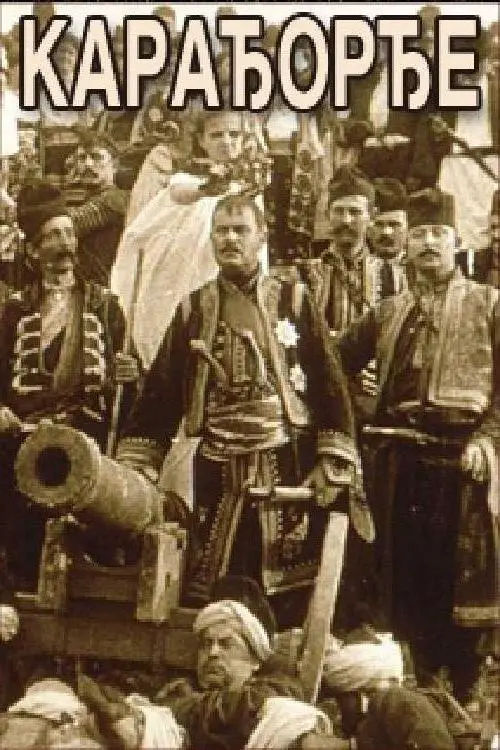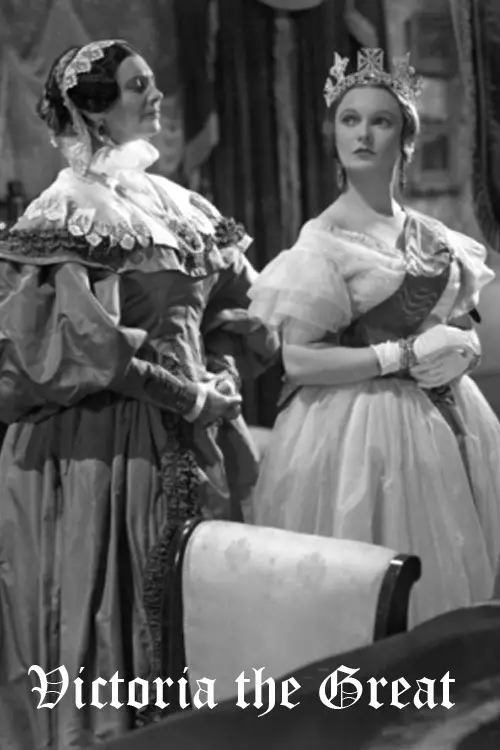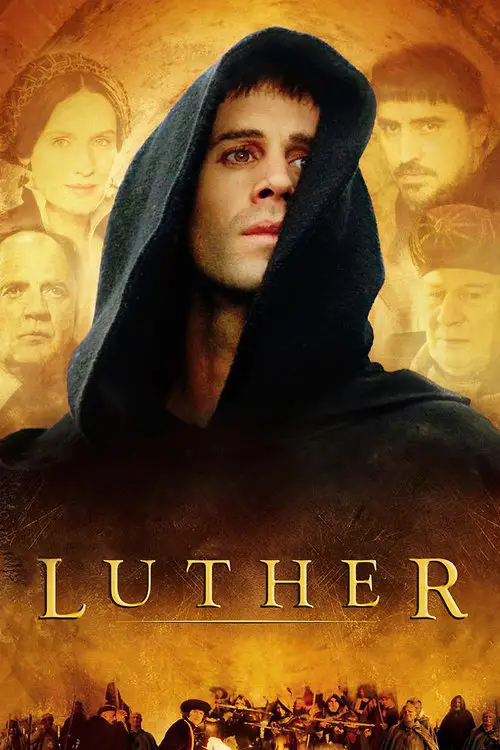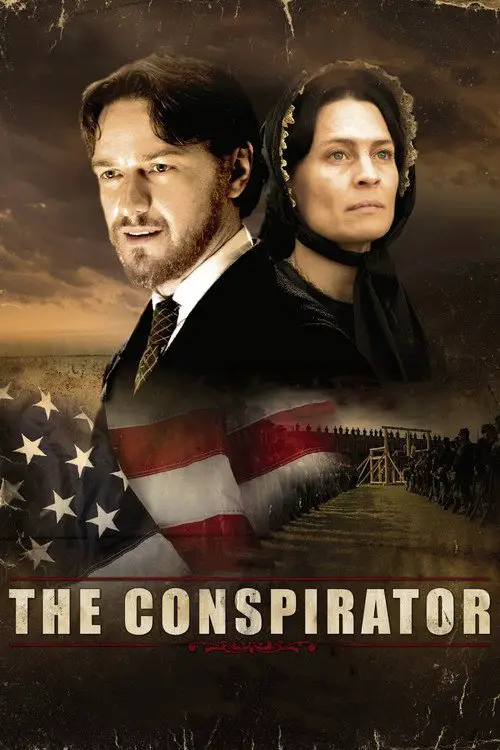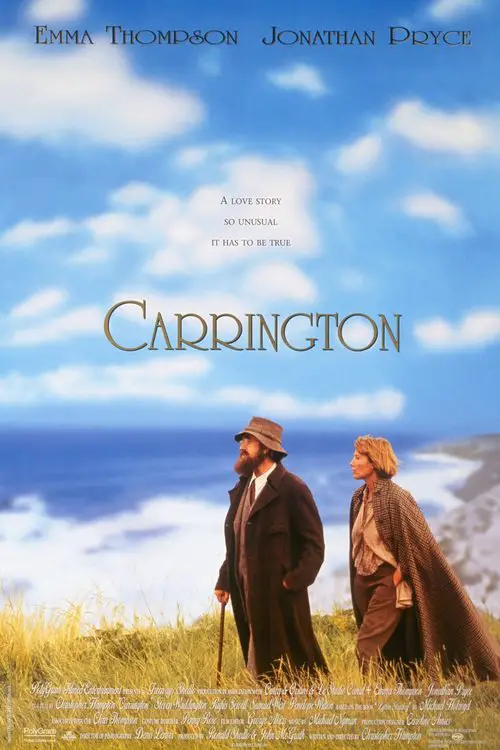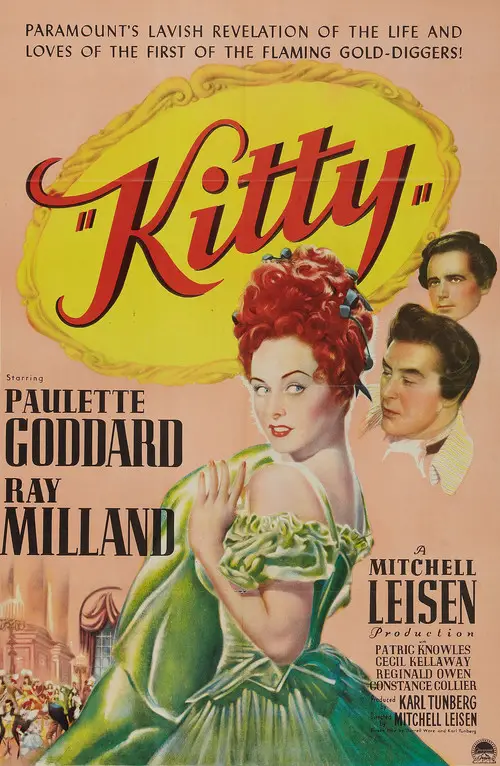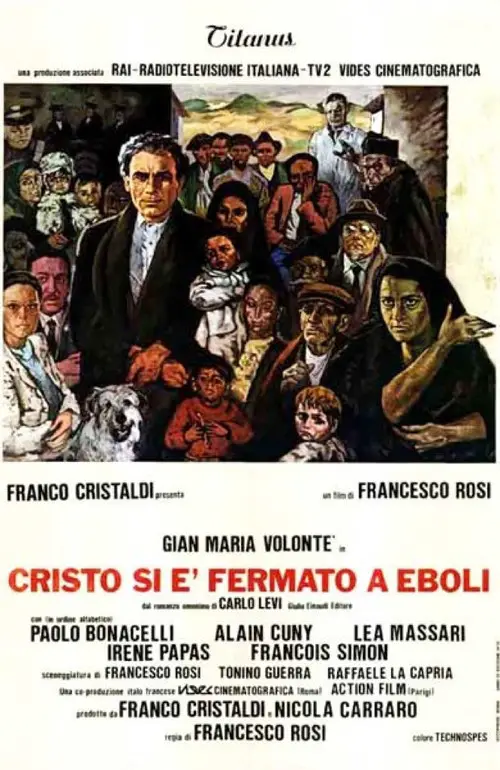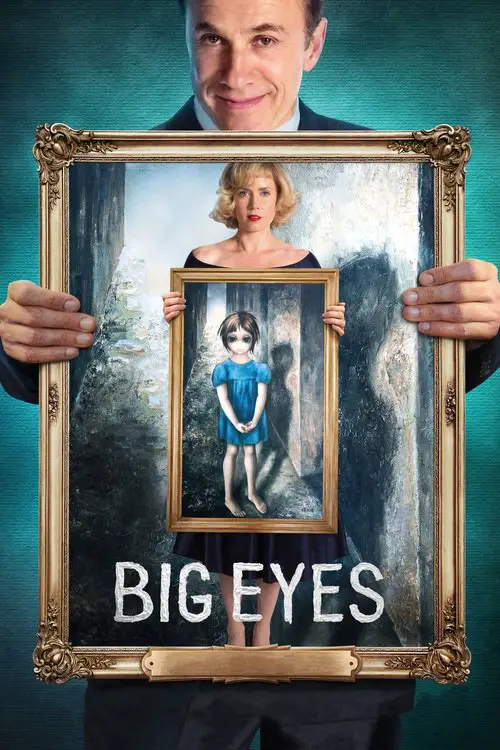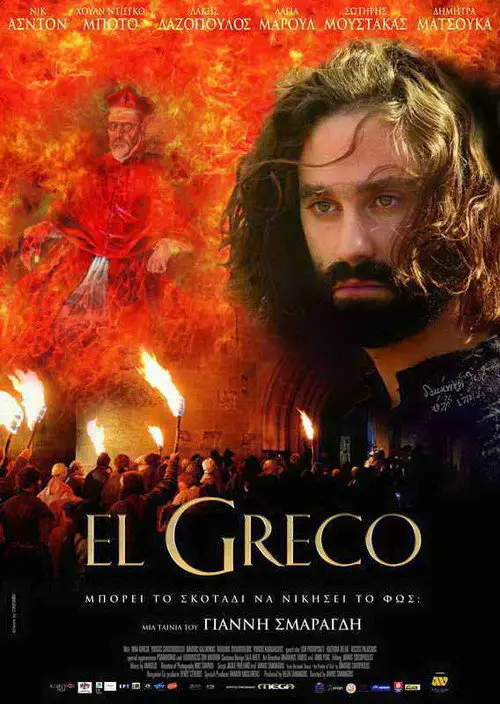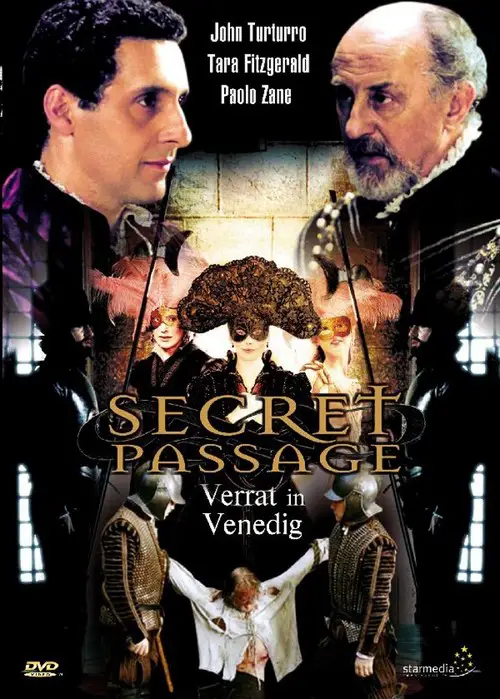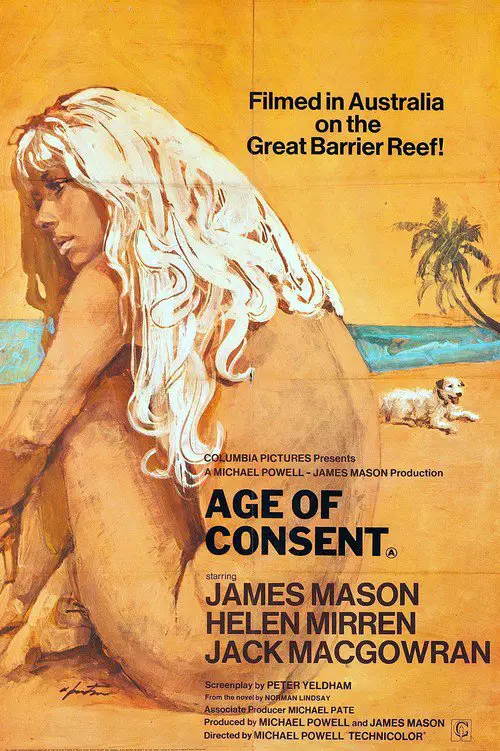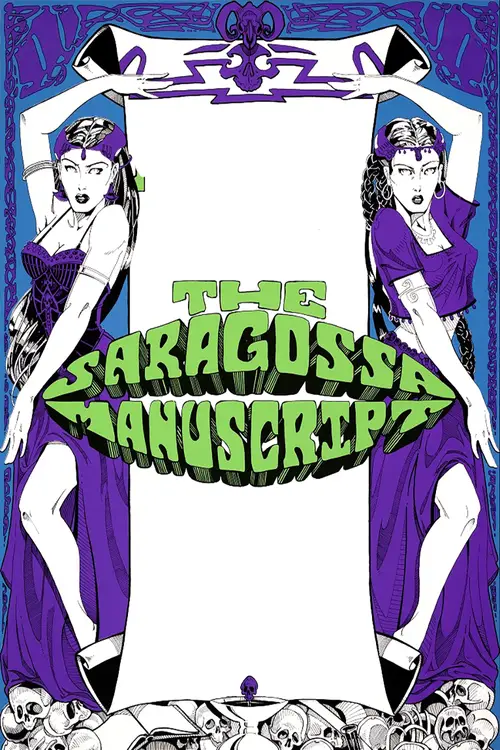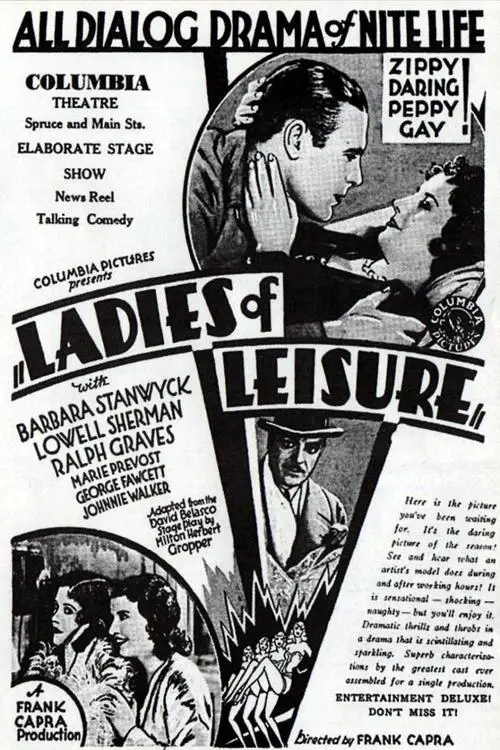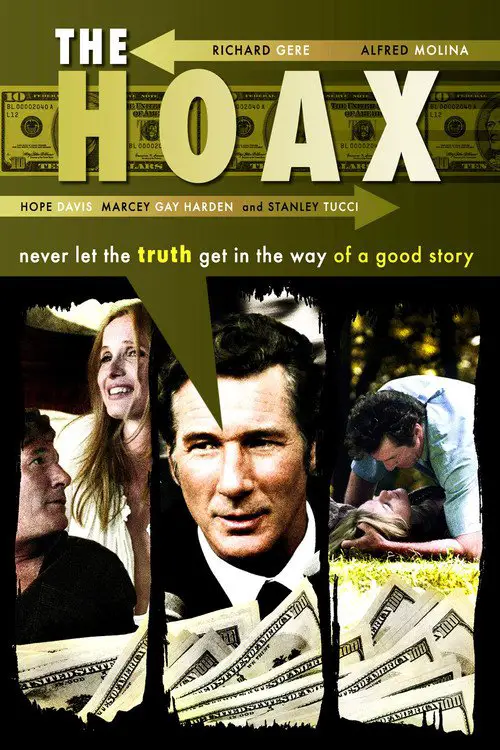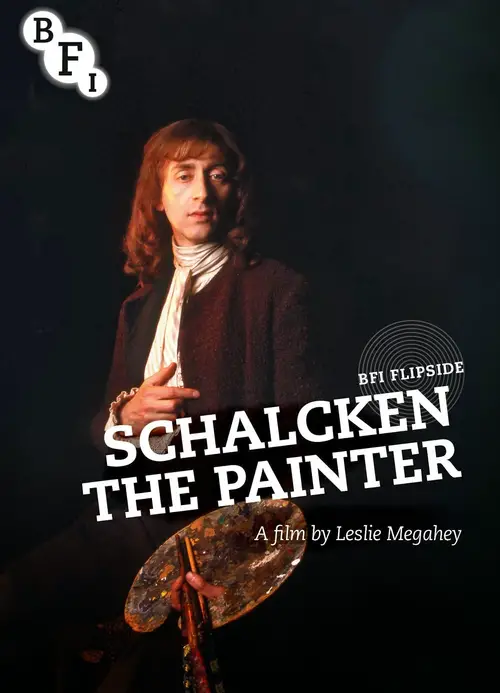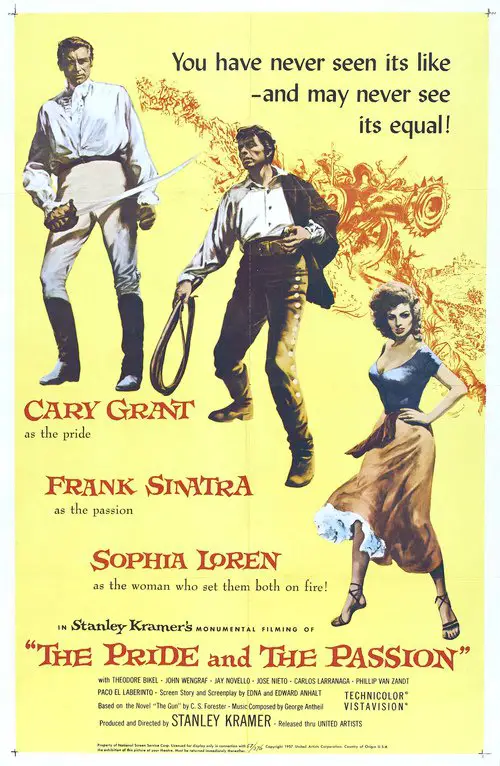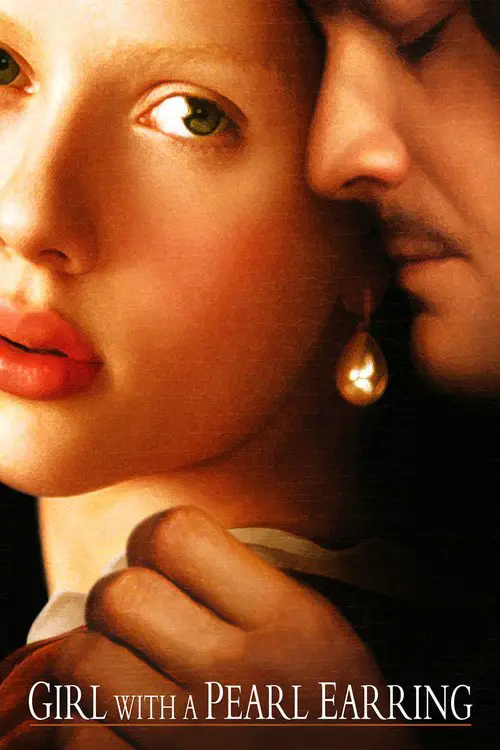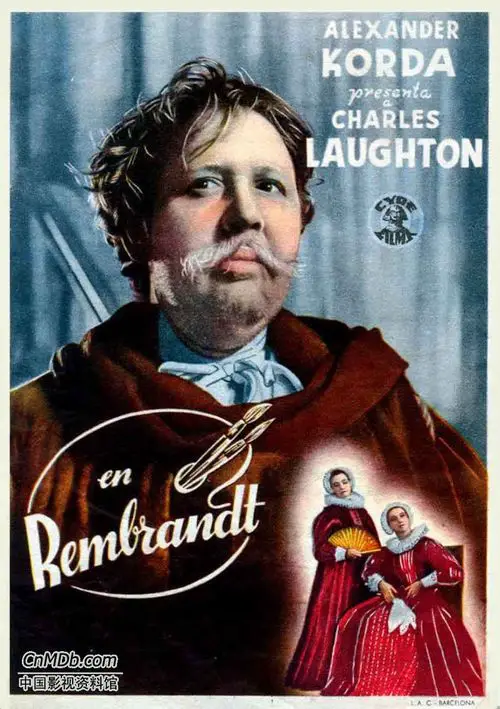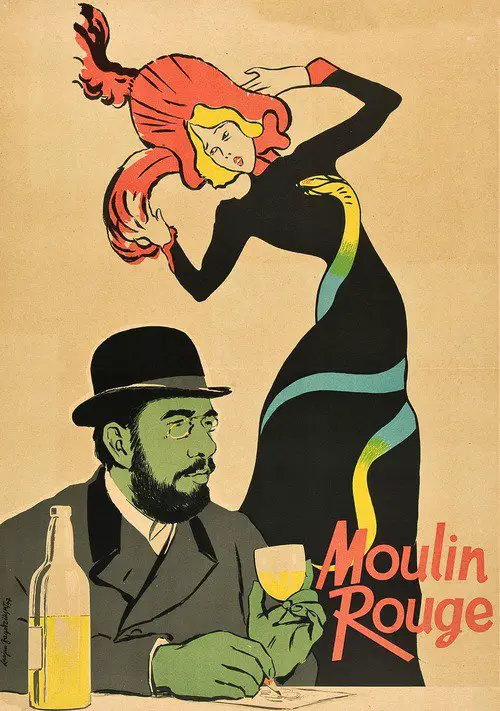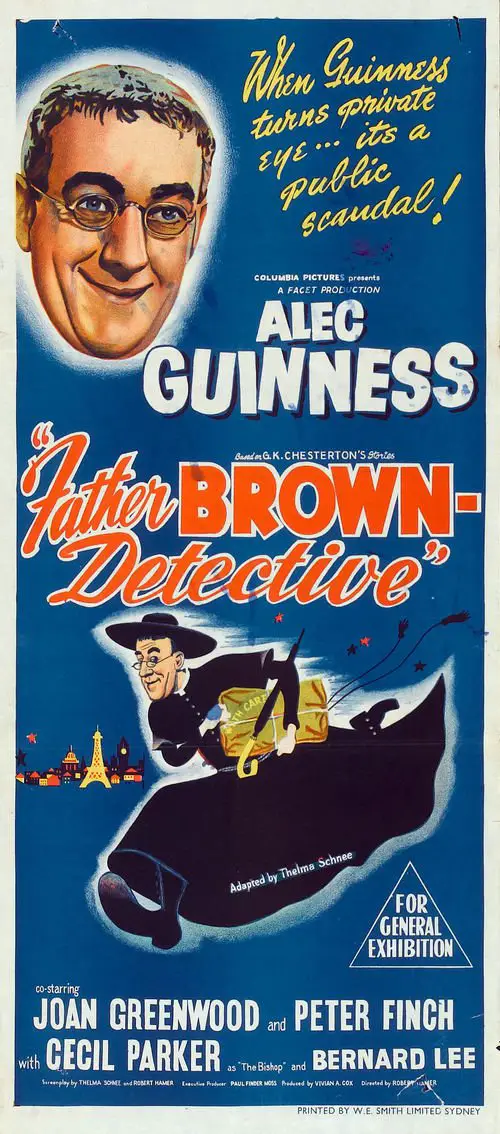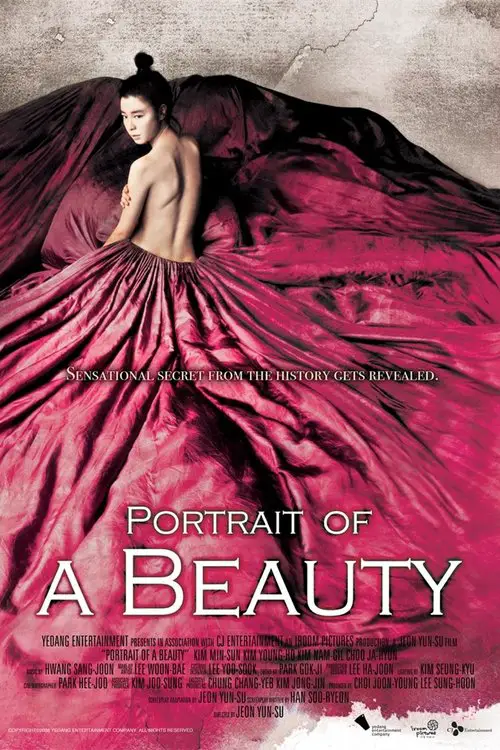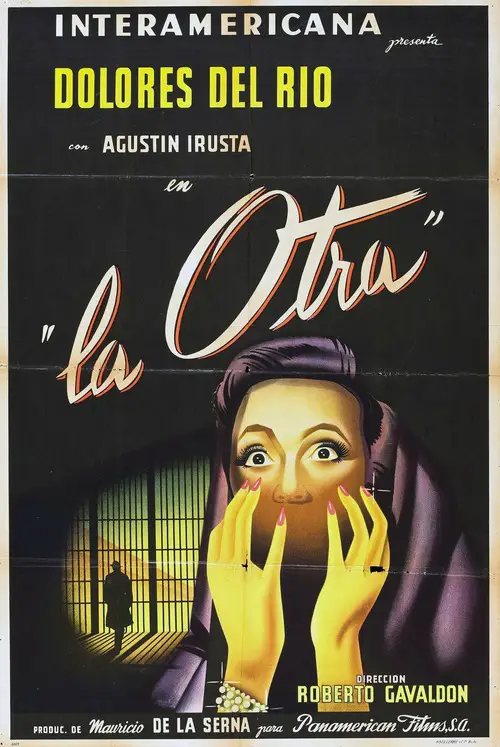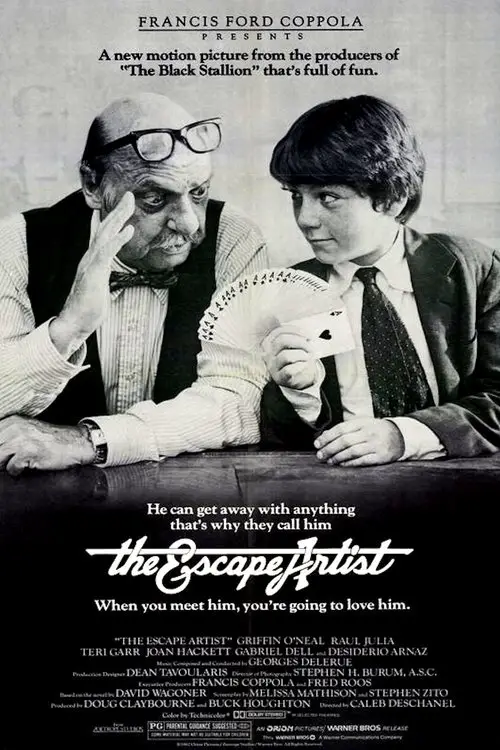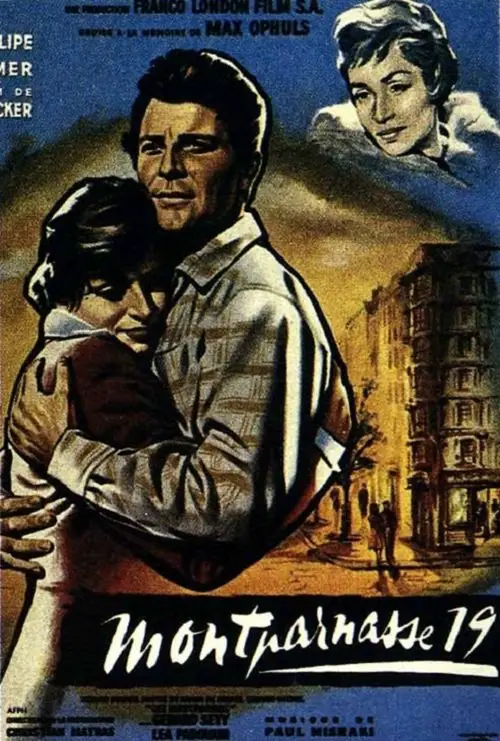El Greco (1966)
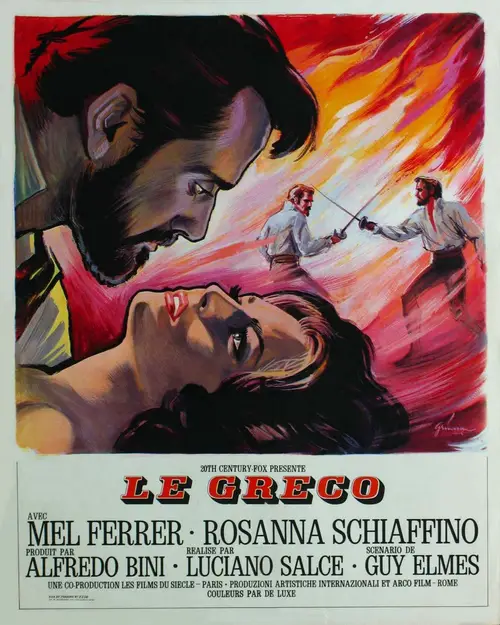
Similar movies
The film is a historical drama set during the reign of Elizabeth I (Flora Robson), focusing on the English defeat of the Spanish Armada, whence the title. In 1588, relations between Spain and England are at the breaking point. With the support of Queen Elizabeth I, British sea raiders such as Sir Francis Drake regularly capture Spanish merchantmen bringing gold from the New World.
A biographical film about the Norwegian Expressionist painter Edvard Munch. It was originally created as a three-part miniseries co-produced by the Norwegian and Swedish state television networks, but subsequently gained an American theatrical release in a three-hour version in 1976. The film covers about thirty years of Munch's life, focusing on the influences that shaped his art, particularly the prevalence of disease and death in his family and his youthful affair with a married woman.
George Wallace is a 1997 television film starring Gary Sinise as George Wallace, the former Governor of Alabama. It was directed by John Frankenheimer, who won an Emmy award for it; Sinise and Mare Winningham also won Emmies for their performances. The film was based on the 1996 biography Wallace : The Classic Portrait of Alabama Governor George Wallace by Marshall Frady, who also co-wrote the teleplay. Frankenheimer's film was highly praised by critics: in addition to the Emmy awards, it received the Golden Globe for Best Miniseries/Motion Picture made for TV. Angelina Jolie also received a Golden Globe for her performance as Wallace's second wife, Cornelia.
The tragic story of French naïve painter Séraphine Louis aka Séraphine de Senlis (1864-1942), a humble servant who becomes a gifted self-taught painter. Discovered by prominent critic and collector William Uhde, she came to prominence between the wars grouped with other naïve painters like Henri Rouseau only to descend into madness and obscurity with the onset of Great Depression and World War II.
Director Julian Schnabel illustrates the portrait of his friend, the first Afro-American Pop Art artist Jean Michel Basquiat who unfortunately died at a young age and just as he was beginning to make a name for himself in the art world. Along side the biography of Basquiat are the artists and the art scene from the early 1980âs New York.
The movie narrates the story of David Carr, an unemployed worker and member of the Communist Party of Great Britain. In 1936 he decides to fight for the Republican side in the Spanish Civil War, an anti-fascist coalition of liberals, communists and anarchists. Similar to George Orwell's experiences documented in Homage to Catalonia, he joins the POUM worker militia and witnesses first hand the betrayal of the Spanish revolution by the Stalinists, loyal only to the dictat of Moscow.
The Côte dâAzur. 1915. In his twilight years, Pierre-Auguste Renoir is tormented by the loss of his wife, the pains of arthritic old age and the terrible news that his son Jean has been wounded in action. But when a young girl miraculously enters his world, the old painter is filled with a new, wholly unexpected energy. Blazing with life, radiantly beautiful, Andrée will become his last model, and the wellspring of a remarkable rejuvenation. Back at the family home to convalesce, Jean too falls under the spell of the new, redheaded star in the Renoir firmament. In their Mediterranean Eden - and in the face of his father's fierce opposition - he falls in love with this wild, untameable spirit... and as he does so, within weak-willed, battle-shaken Jean, a filmmaker begins to grow.
Nina Maria Azara is the beautiful and alluring singing spy for Spain during the Napoleonic Wars. Her mission is to seduce French Officers, in order for them to reveal Napolean's intentions toward Spain. She is sent to Bayonne, France to gather military secrets. Prior to this, she meets, Don Diego while performing at a club. Unknown to her, Don Diego is actually Captain Andre, who is sent to Spain to spy on her. While in France, Nina discovers Diego's true identity, only after she has fallen in love with him. Nina Maria outwits her potential captors and returns to Spain, and goes into hiding. Napoleon's troops invade Spain, resulting in Nina's capture. In a strange twist of fate, Nina and Captain Andre are reunited, but, the 2 nations are now at war... Written by Kelly
A small town is one day visited by a priest who is there on a secret mission. He is a member of the Inquisition sent to investigate the activities of a local miller. The miller and his son are the descendants of an old family whose ancestral home burned down a century ago, but was rebuilt from scratch. The miller inherited much of his knowledge about the land, water, and a building's stability from generations of family experience. His reputation for finding water and predicting when a structure might collapse have come to the attention of the Inquisition -surely he must be in league with the Devil.
Maria Francisca, a wealthy young heiress and her friend Mariana De Castro, a young protestant widow, are accused of witchcraft and taken before the Inquisition of Lima, Peru . Maleficarum is the story of Francisca, a wealthy orphan and Mariana, her widowed protestant friend, who live surrounded by a town in which they are the center of hostile gossip. Francisco Verdugo, the Inquisitor, has his own ambitions. He has his greedy eyes on the orphan heiress's properties, but he needs a pretext. A confrontation in the street among a group of girls gives him the perfect excuse to arrest Mariana and Francisca and enchain them in the horror chambers of the Inquisition, leading them to a frightful end as they are convicted of witchcraft.
Ten years before her death, Joan hears voices. Six years later, from the village of Domremy, she begins her mission to unite France under King Charles. First she leads a defense of Vaucouleurs against the Burgundians, then obtains safe passage to Charles, the Dauphin. He uses her, as the embodiment of the mythical "Maid of Lorraine," to raise an army, and he sends her to the rescue of Orléans. After Charles is crowned, Joan leads a disastrous campaign in Paris, where her brother dies. Then she's the victim of Charles's manipulations: she's captured in Burgundy, sold to the English, examined by Bishop Cauchon, found a heretic by the Inquisition, and burned at the stake.
The film is a biography of Pope John Paul II. It starts in 1926 when the boy Karol Wojtila was celebrating Christmas with his father in Poland. Some years later Nazi Germany attacks Poland and invades the country while Wojtila seeks refuge at the house of Cardinal Wyszynski. Also appear all the other important stations of the life of the Pope.
Spain in the 1930s is the place to be for a man of action like Robert Jordan. There is a civil war going on and Jordan who has joined up on the side that appeals most to idealists of that era -- like Ernest Hemingway and his friends -- has been given a high-risk assignment up in the mountains. He awaits the right time to blow up a bridge in a cave.
Serpico is a 1973 American biopic directed by Sidney Lumet and starring Al Pacino. It's based on Peter Maas' biography of NYPD officer Frank Serpico, who went undercover to expose corruption in the force. The film and its principals were nominated for numerous awards, and together with Scarecrow, which was released the same year, it marked the big breakthrough for Al Pacino. The film was also a commercial success.
In 1945, in the train station of Bogota, Colombia, a dead girl is found in a trunk. The case is assigned to Detective Mariano Corzo, he has to deal with an inquisitive journalist Hipólito Mosquera while trying to solve the mysterious case. Nobody knows who the girl is, or who put her in the trunk. The things turn bad when Mosquera publish the news in the local newspaper. With the help of a bartender Martina Quijano, Corzo will find an answer for the question: Who killed the girl and why?
An adaptation of nine stories from Bocaccio's "Decameron": A young Sicilian is swindled twice, but ends up rich; a man poses as a deaf-mute in a convent of curious nuns; a woman must hide her lover when her husband comes home early; a scoundrel fools a priest on his deathbed; three brothers take revenge on their sister's lover; a young girl sleeps on the roof to meet her boyfriend at night; a group of painters wait for inspiration; a crafty priest attempts to seduce his friend's wife; and two friends make a pact to find out what happens after death. Pasolini is up to his old tricks satirizing the Church, and throwing in liberal doses of life and love
The film biography of Queen Victoria focussing initially on the early years of her reign with her marriage to Prince Albert and her subsequent rule after Albert's death in 1861. The film was released in the year of King George VI's coronation, which was also the centennial of Victoria's own accession to the throne.
The story of the relationship between painter Dora Carrington and author Lytton Strachey in a World War One England of cottages and countryside. Although platonic due to Strachey's homosexuality, the relationship was nevertheless a deep and complicated one. When Carrington did develop a more physical relationship with soldier Ralph Partridge, Strachey was able to welcome him as a friend, although Partridge remained somewhat uneasy, not so much with Strachey's lifestyle and sexual orientation as with the fact that he was a conscientious objector.
The Nazis, exasperated at the number of escapes from their prison camps by a relatively small number of Allied prisoners, relocates them to a high-security "escape-proof" camp to sit out the remainder of the war. Undaunted, the prisoners plan one of the most ambitious escape attempts of World War II. Based on a true story.
London, 1783: Kitty, a saucy wench of the slums, meets the painter Gainsborough by stealing his shoes. He paints her as an "anonymous lady" who excites the interest of his noble friends, notably penniless Sir Hugh Marcy, who schemes to pass Kitty off as a genuine lady (a formidable task) and marry her off for financial gain.
Isabel and Clara are growing up in a time of terror. It is 1492, and Spain has decreed that all Jews must either convert to Catholicism, go into exile or face trial and execution. Although forcibly baptized, the sisters are chased through Christendom until they arrive in Venice. It is in this great maritime empire, where opulence rhymes with tolerance, that Isabel organizes secret passages for refugees fleeing the Inquisition while Clara falls in love with a Venetian noble, Paolo Zane. Isabel intends for her family to go to Istanbul, the only place where Jews can live freely, but Clara is reluctant to leave. She challenges Isabel's authority and is prepared to break her family ties and sacrifice her faith for love. Caught in this battle of wills is Clara's daughter, Victoria, who finds she is about to be married into the same faith that murdered her father.
In August of 1949, Life Magazine ran a banner headline that begged the question: "Jackson Pollock: Is he the greatest living painter in the United States?" The film is a look back into the life of an extraordinary man, a man who has fittingly been called "an artist dedicated to concealment, a celebrity who nobody knew." As he struggled with self-doubt, engaging in a lonely tug-of-war between needing to express himself and wanting to shut the world out, Pollock began a downward spiral.
In the Napoleonic wars, an officer finds an old book that relates his grandfather's story, Alfons van Worden, captain in the Walloon guard. A man of honor and courage, he seeks the shortest route through the Sierra Morena. At an inn, the Venta Quemada, he sups with two Islamic princesses. They call him their cousin and seduce him; he wakes beside corpses under a gallows. He meets a hermit priest and a goatherd; each tells his story; he wakes again by the gallows. He's rescued from the Inquisition, meets a cabalist and hears more stories within stories, usually of love. He returns to Venta Quemada, the women await with astonishing news.
During the '80s, a young man named Frankie dreams of escaping London's South East region, and his mother's thug of a boyfriend gives him just the opportunity. After beating up the abusive beau, Frankie runs off to Spain, where he lands a job delivering a package to the dapper Playboy Charlie, a gangster who takes him under his wing. Working as Charlie's driver, Frankie is immersed in a world of fast cars and pretty women -- but all the excess could be his undoing.
During the Napoleonic Wars, when the French have occupied Spain, some Spanish guerrilla soldiers are going to move a big cannon across Spain in order to help the British defeat the French. A British officer is there to accompany the Spanish and along the way, he falls in love with the leader's girl.
In the mid-1960s, wealthy debutant Edie Sedgwick meets artist Andy Warhol. She joins Warhol's famous Factory and becomes his muse. Although she seems to have it all, Edie cannot have the love she craves from Andy, and she has an affair with a charismatic musician, who pushes her to seek independence from the artist and the milieu.
This film, adapted from a work of fiction by author Tracy Chevalier, tells a story about the events surrounding the creation of the painting "Girl With A Pearl Earring" by 17th century Dutch master Johannes Vermeer. A young peasant maid working in the house of painter Johannes Vermeer becomes his talented assistant and the model for one of his most famous works.
This character study joins the painter at the height of his fame in 1642, when his adored wife suddenly dies and his work takes a dark, sardonic turn that offends his patrons. By 1656, he is bankrupt but consoles himself with the company of pretty maid Hendrickje, whom he's unable to marry. Their relationship brings ostracism but also some measure of happiness. The final scenes find him in his last year, 1669, physically enfeebled but his spirit undimmed.
The lovely Dolores Del Rio has an acting field day in the Mexican La Otra (The Other). Del Rio plays twin sisters, one the wife of a millionaire and the other a poverty-stricken manicurist. Seething with jealousy, the manicurist kills her wealthy sister and takes her place. Little does the "bad" sister know the mess she's inherited from the "good" sister-who as it turns out wasn't so good after all.
When his son dies while hiking the famed Camino de Santiago pilgrimage route in the Pyrenees, Tom flies to France to claim the remains. Looking for insights into his estranged childâs life, he decides to complete the 500-mile mountain trek to Spain. Tom soon joins up with other travelers and realizes theyâre all searching for something.
Biographic film chronicling the last year of the life of the Italian painter Amedeo Modigliani, 1919, who falls in love with a girl from a wealthy family. Her parents are against this relationship and stop financial help. Modigliani worked and died in abject poverty in the Montparnasse Quarter of Paris, France.
© Valossa 2015–2025
| Privacy Policy
